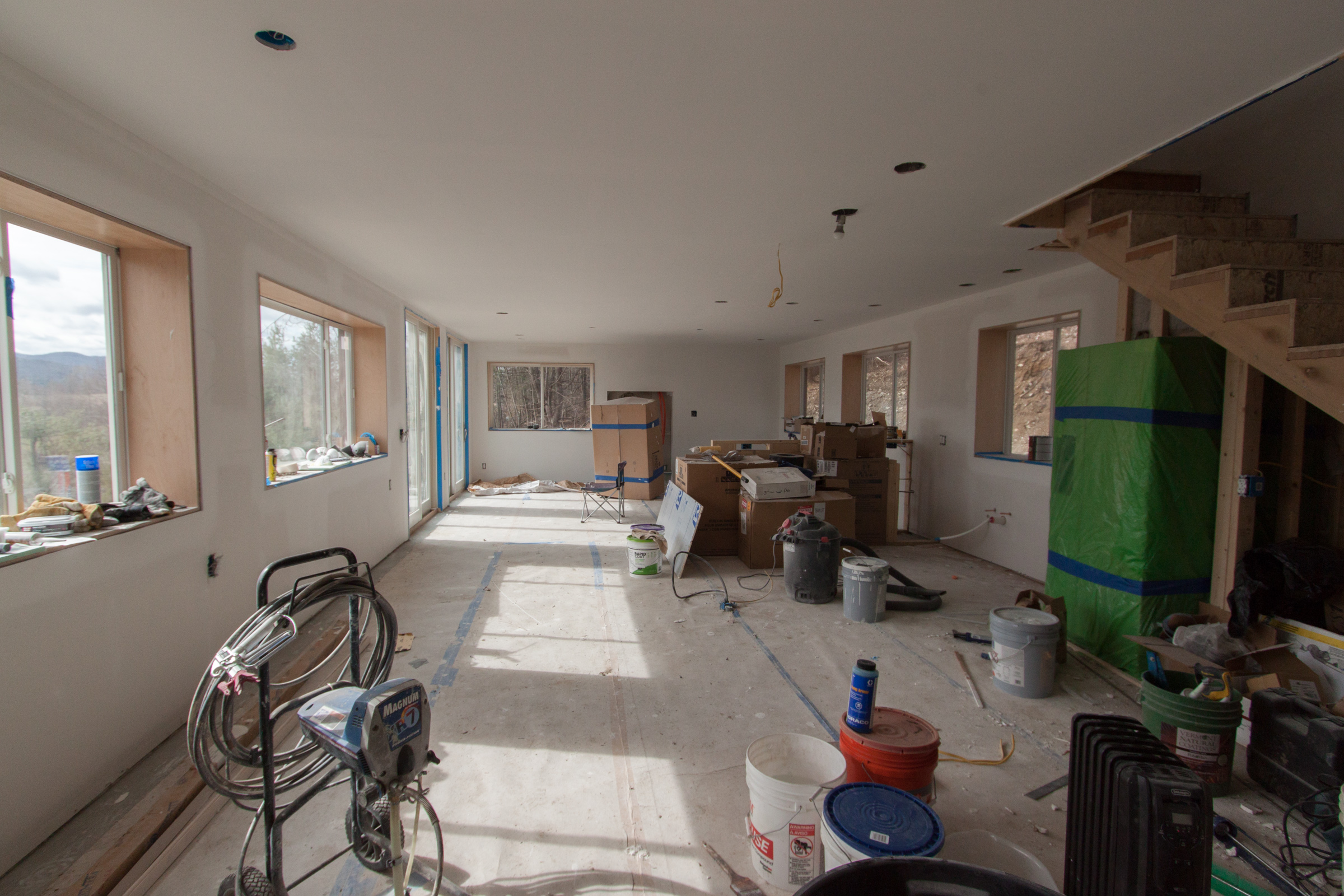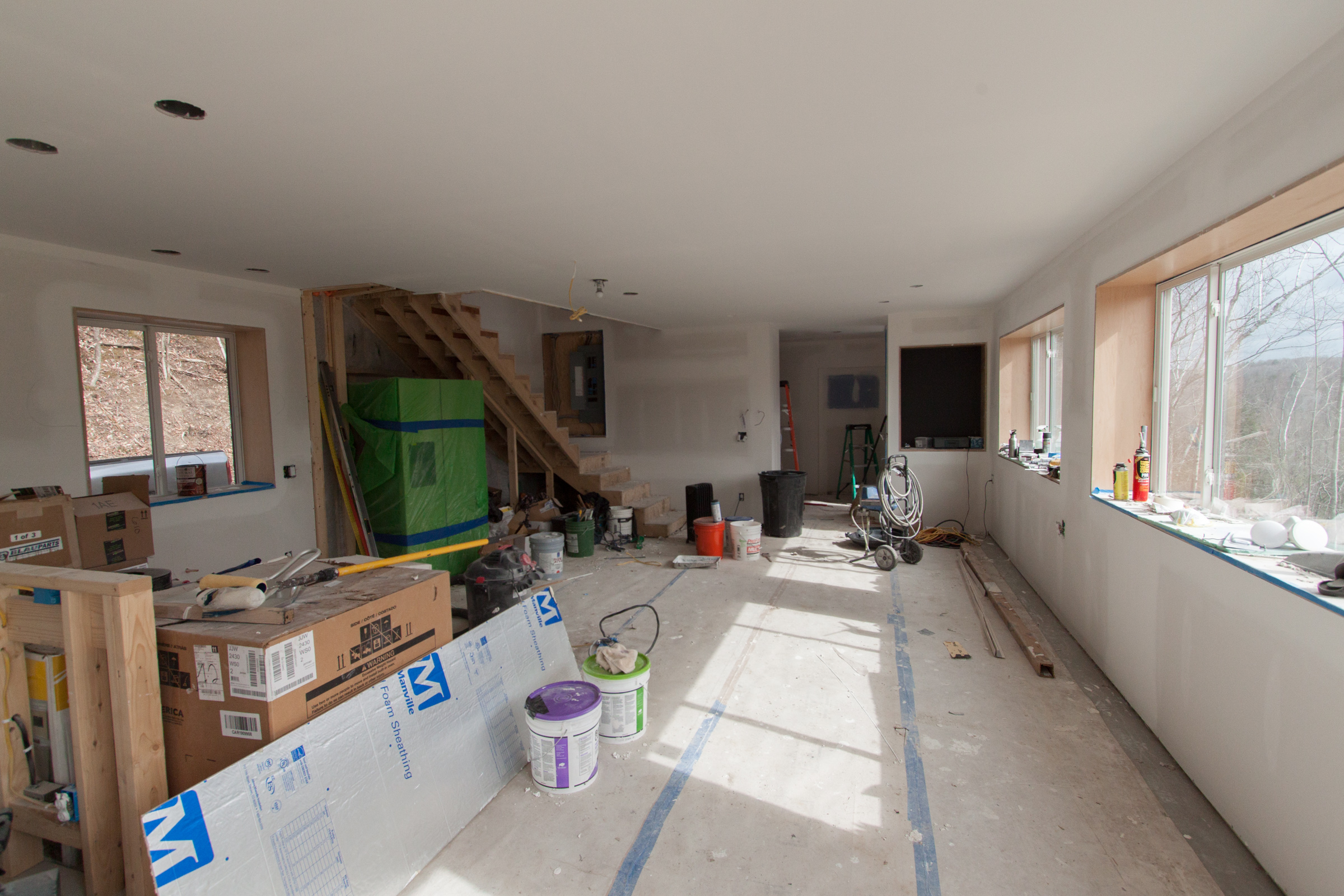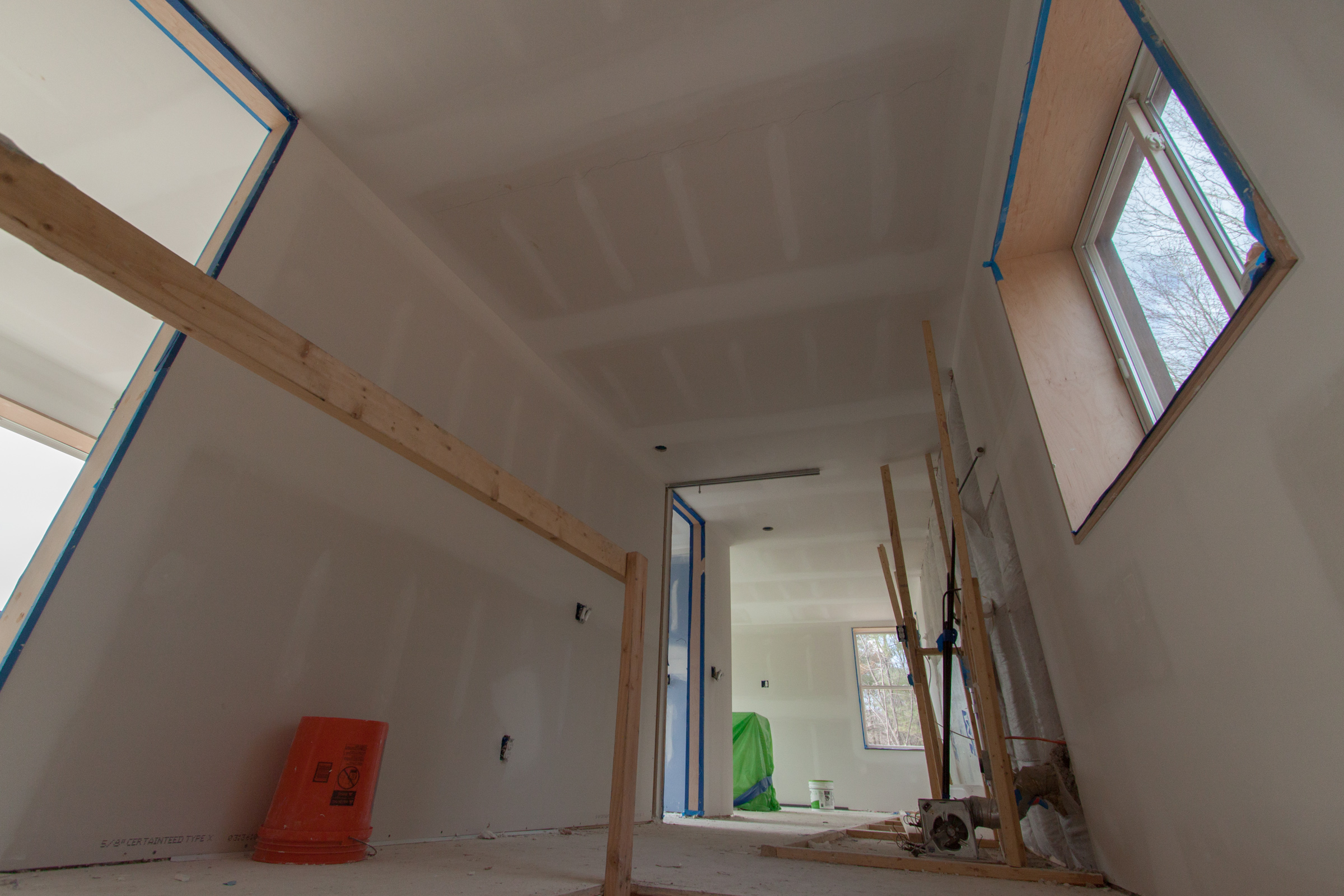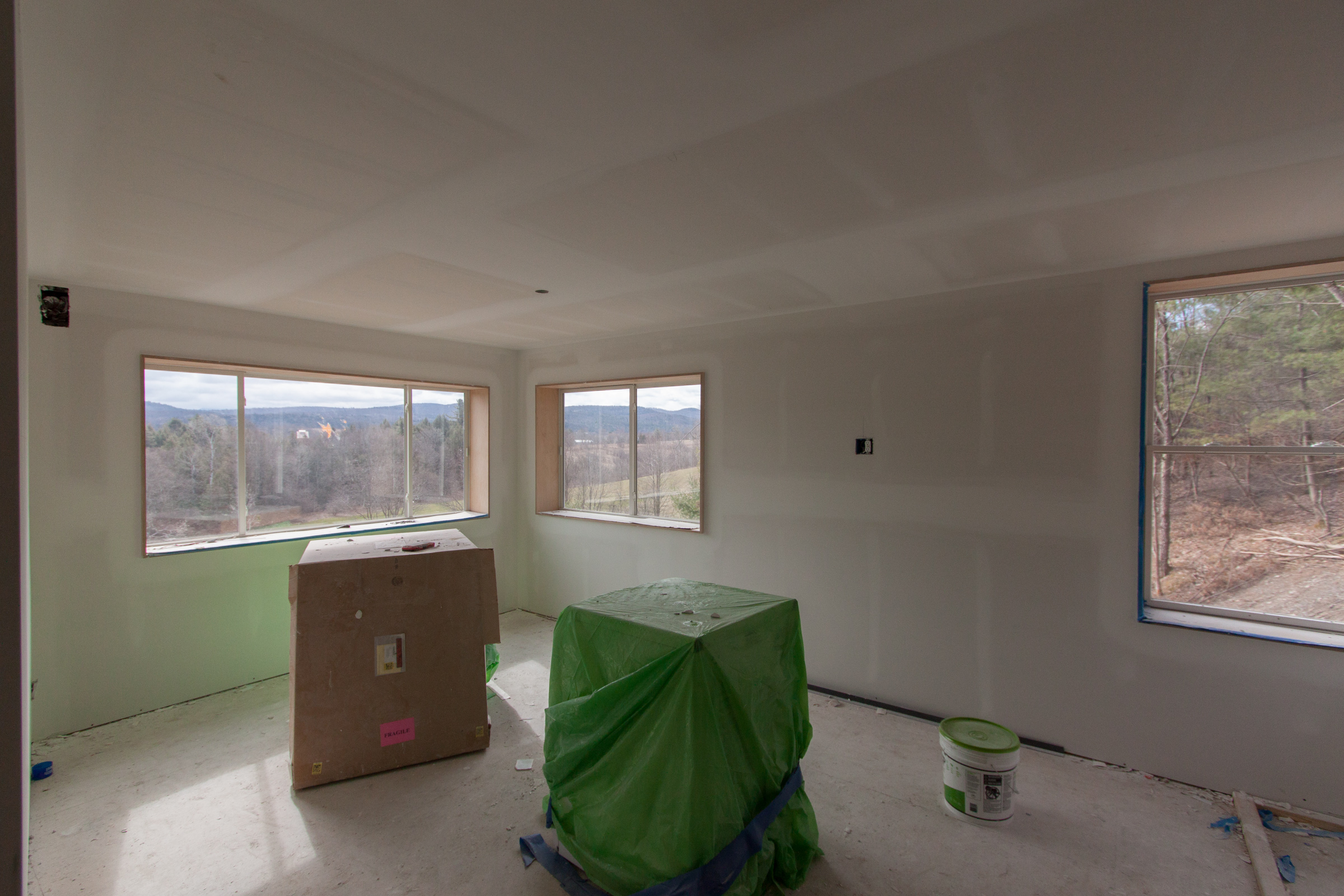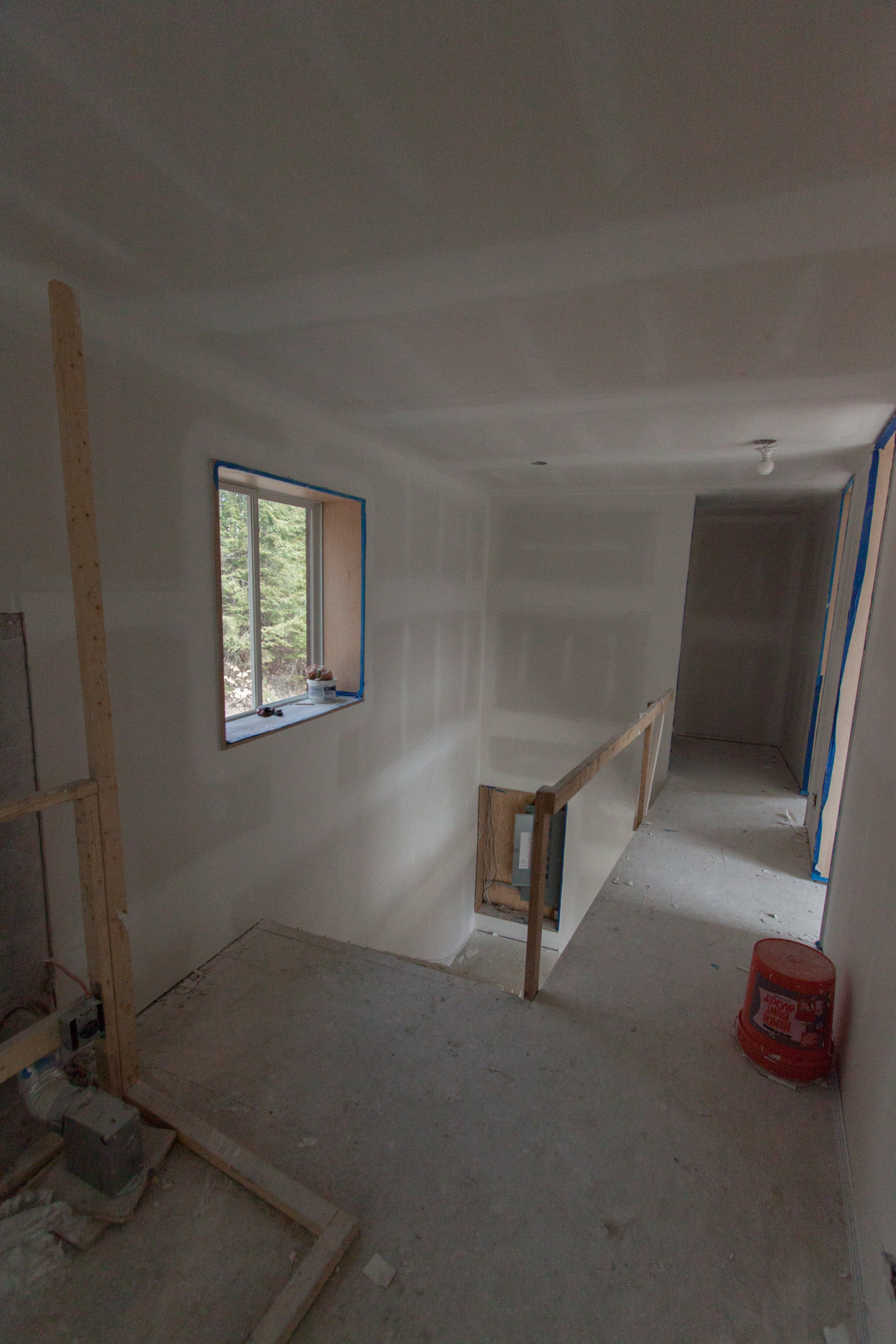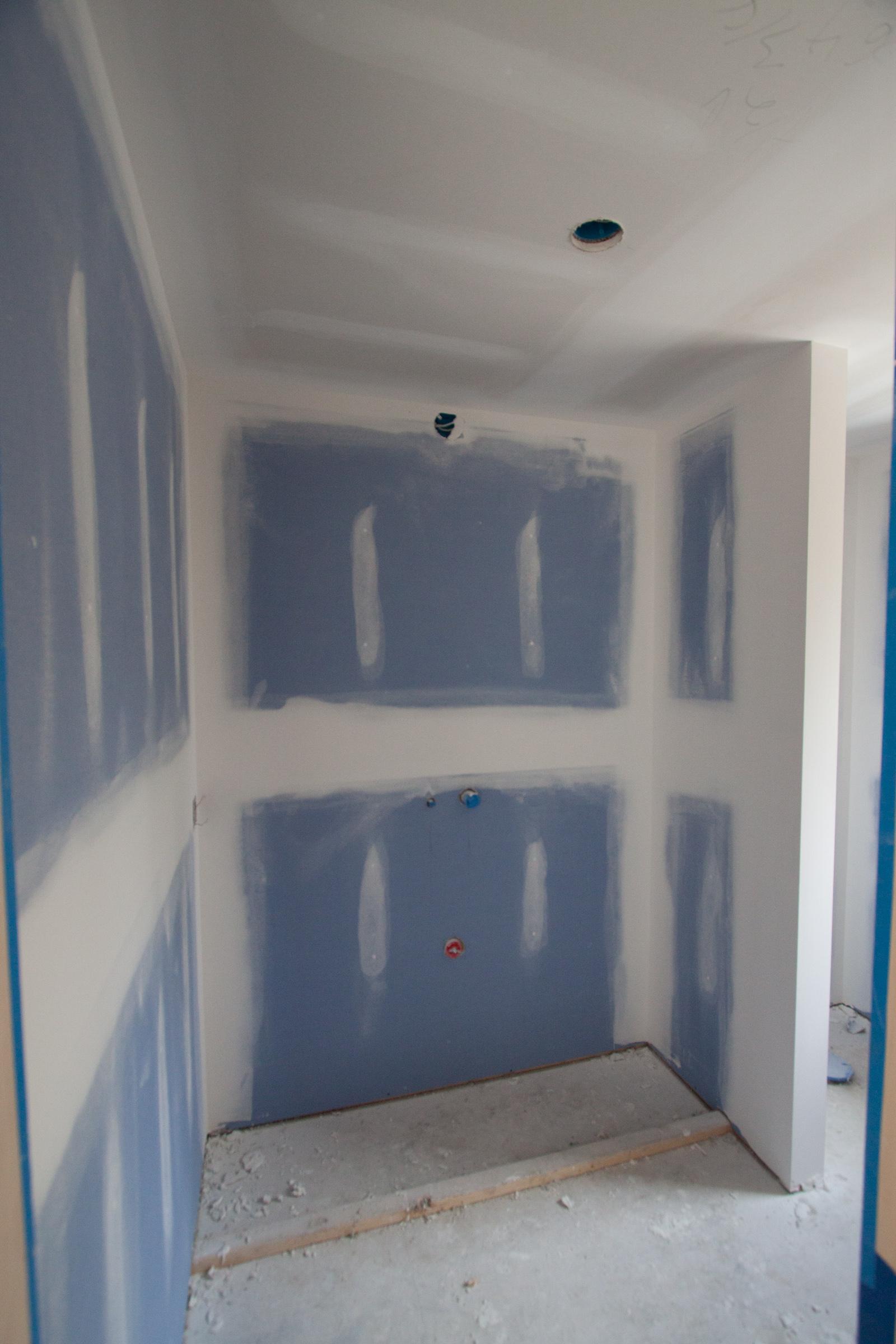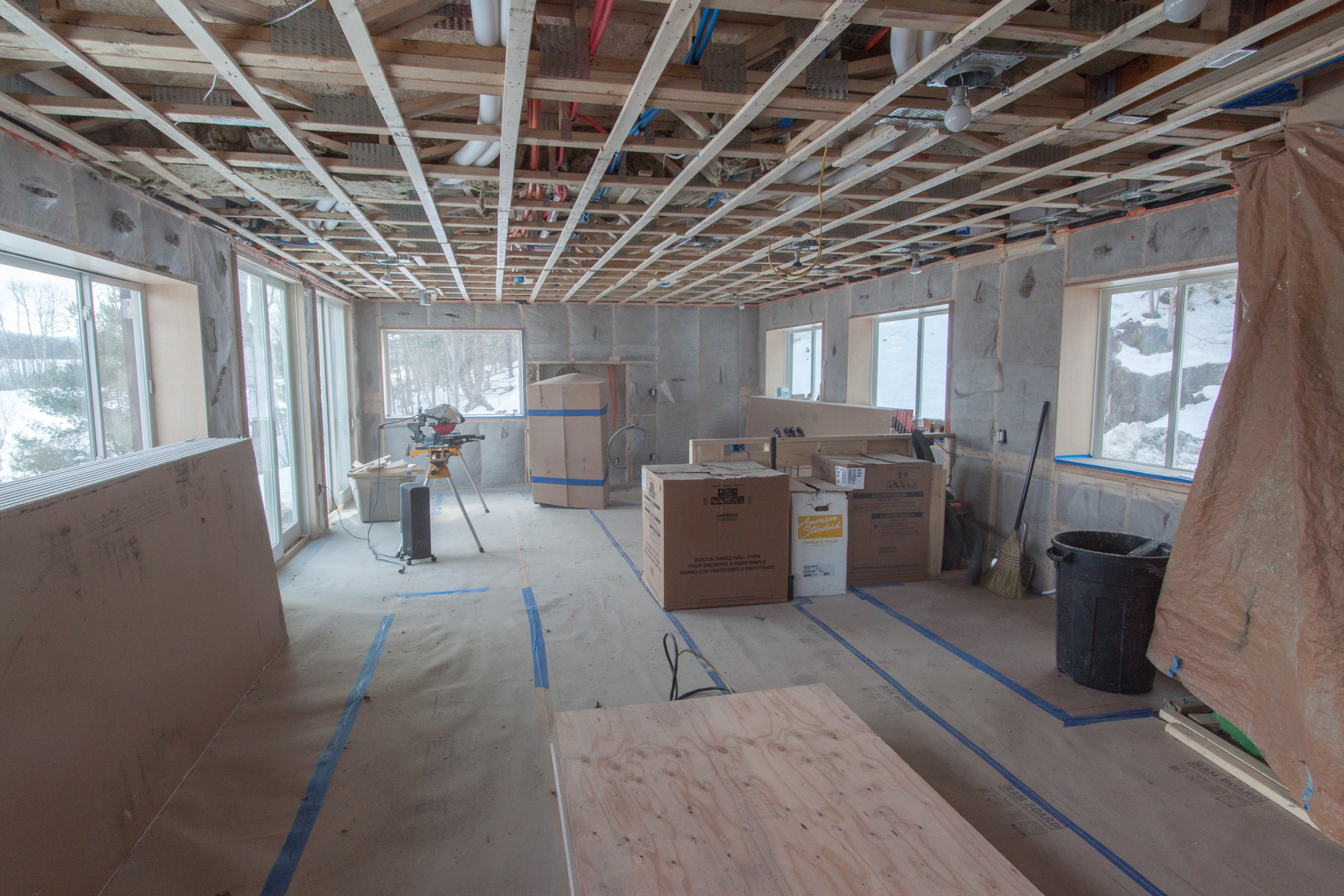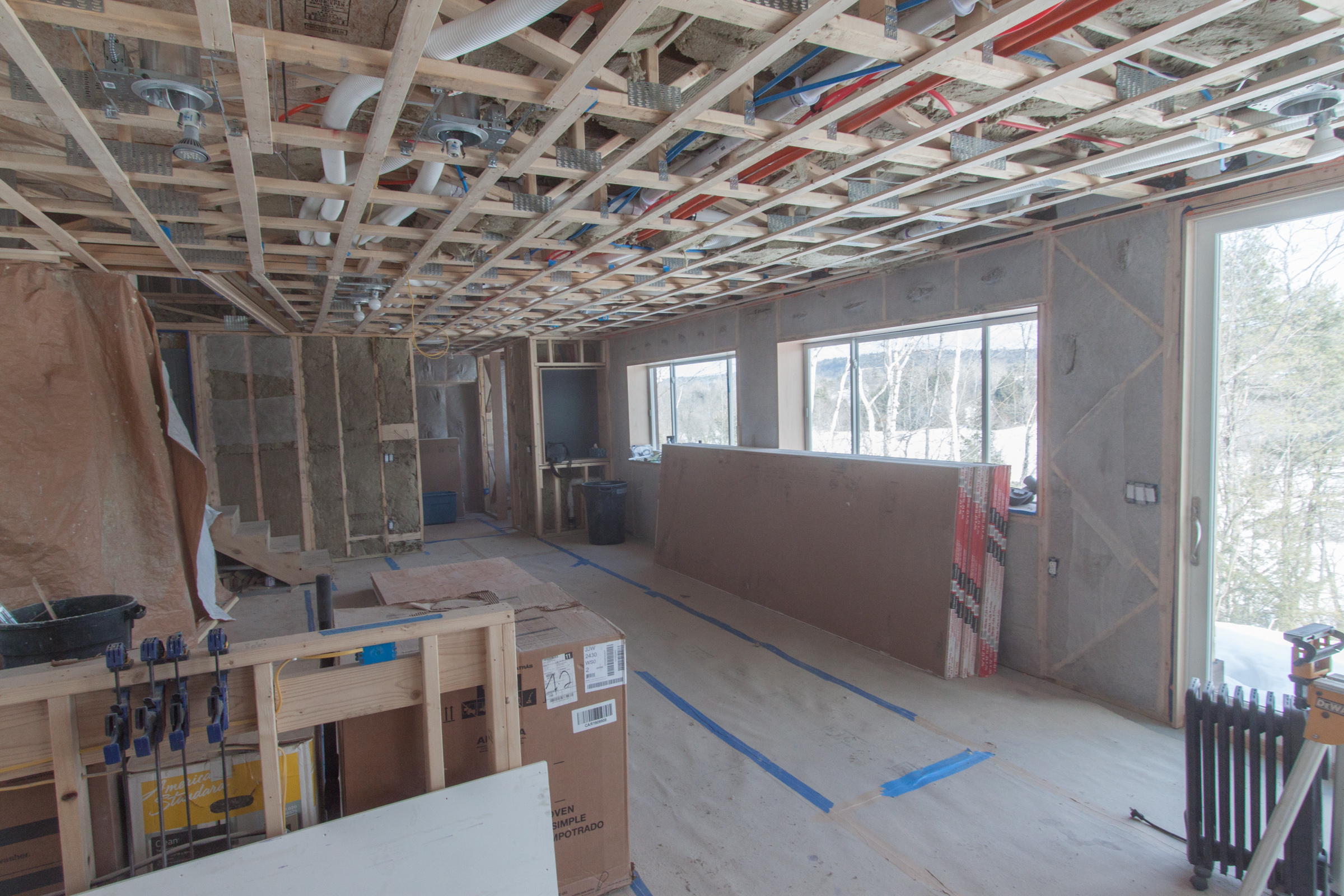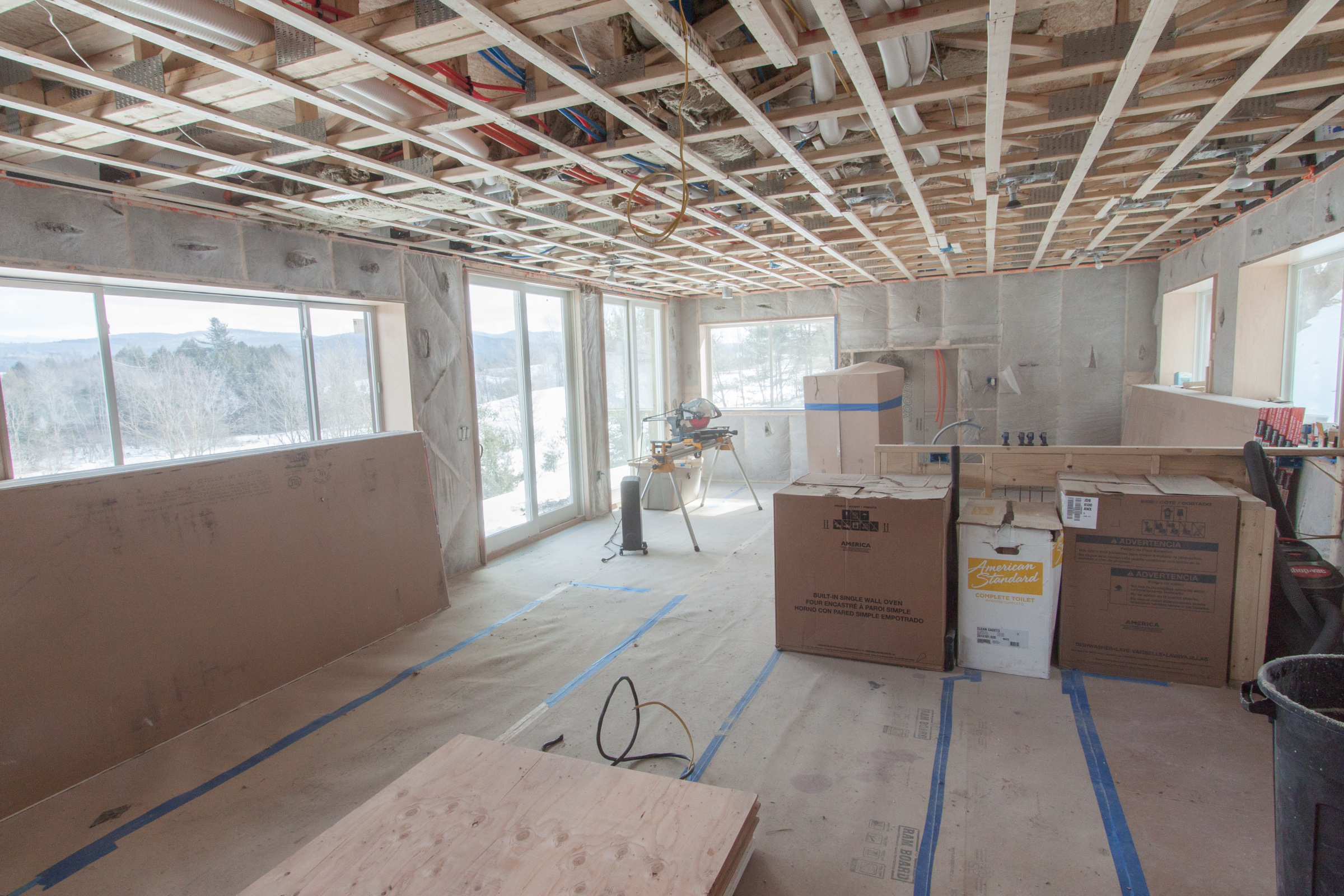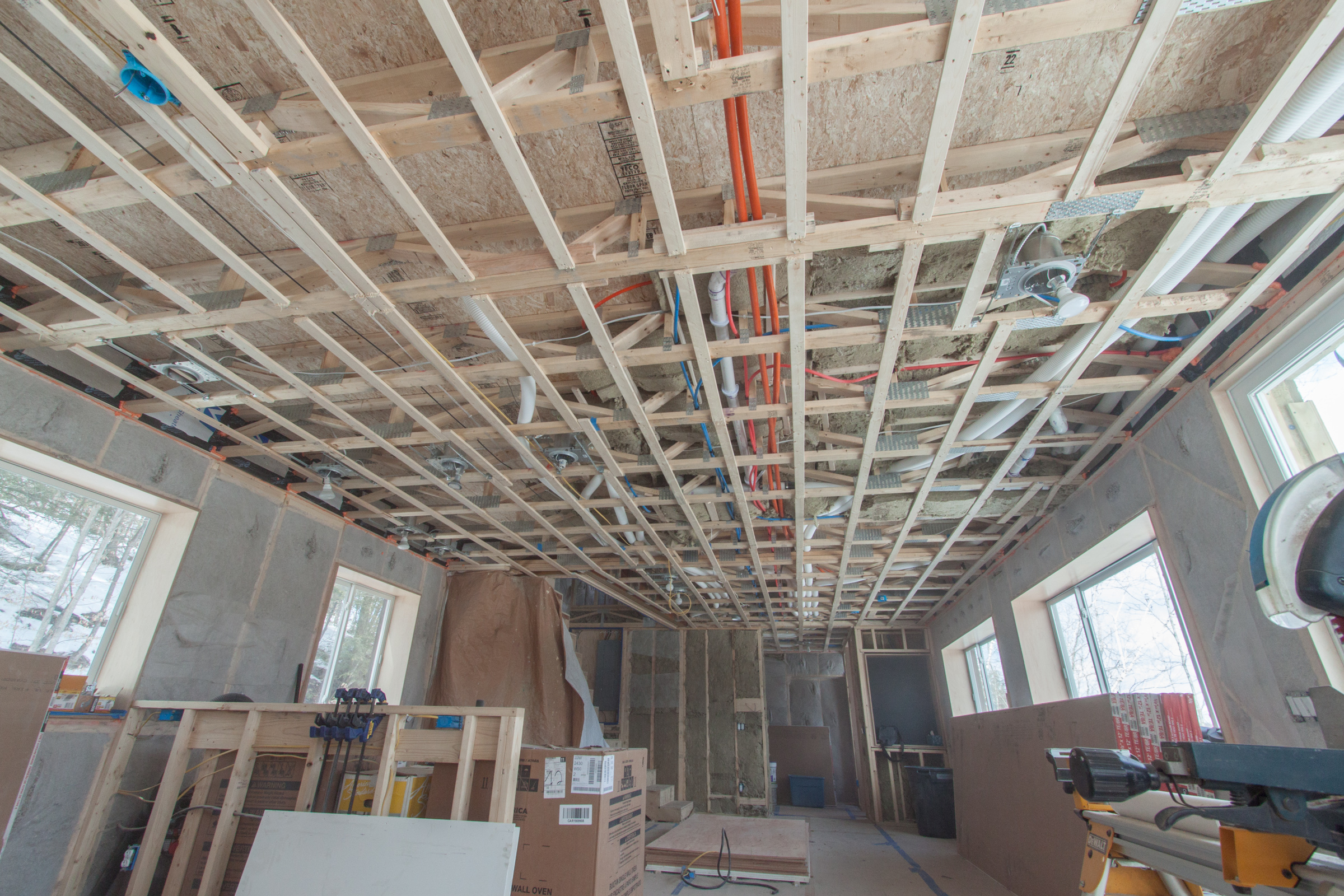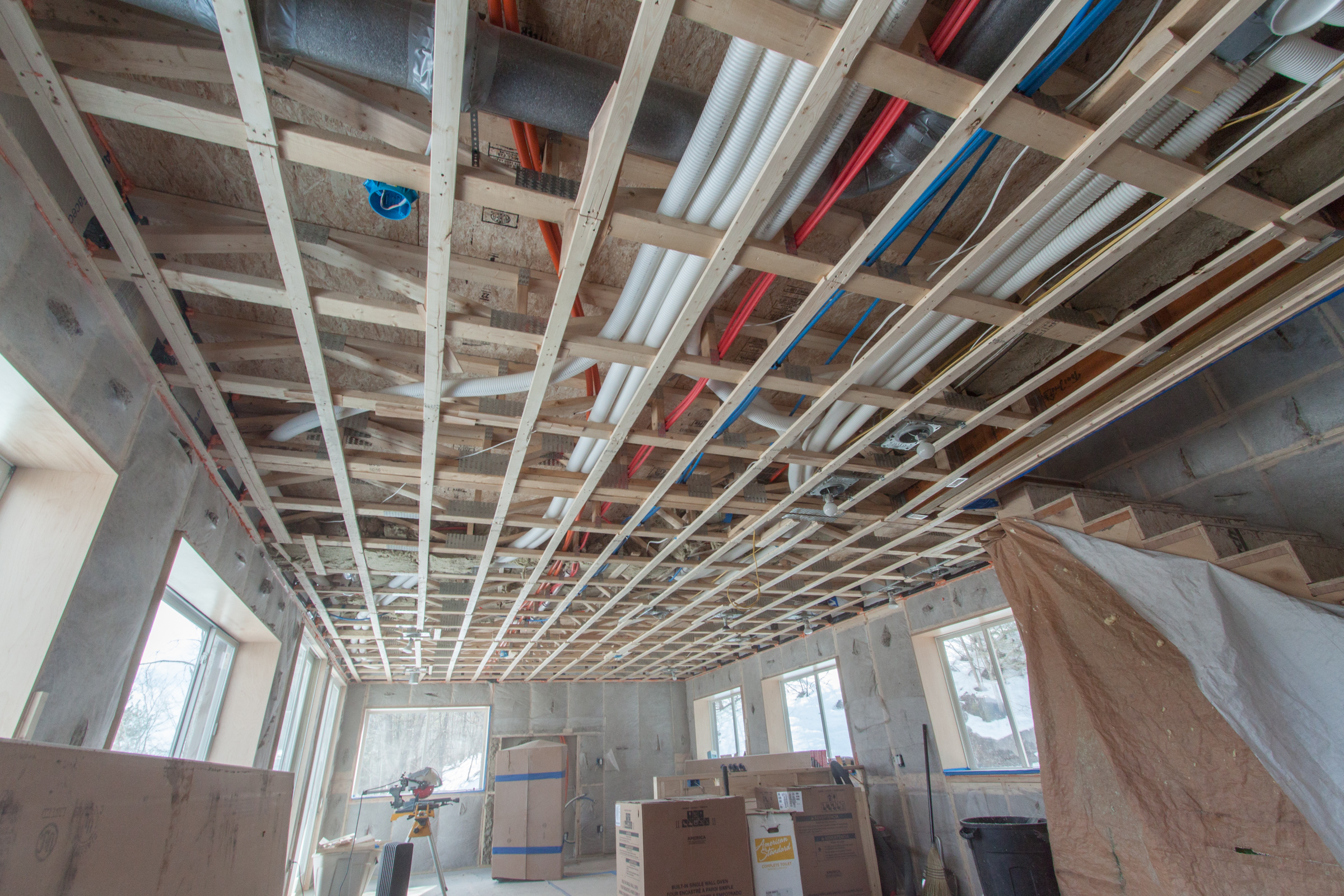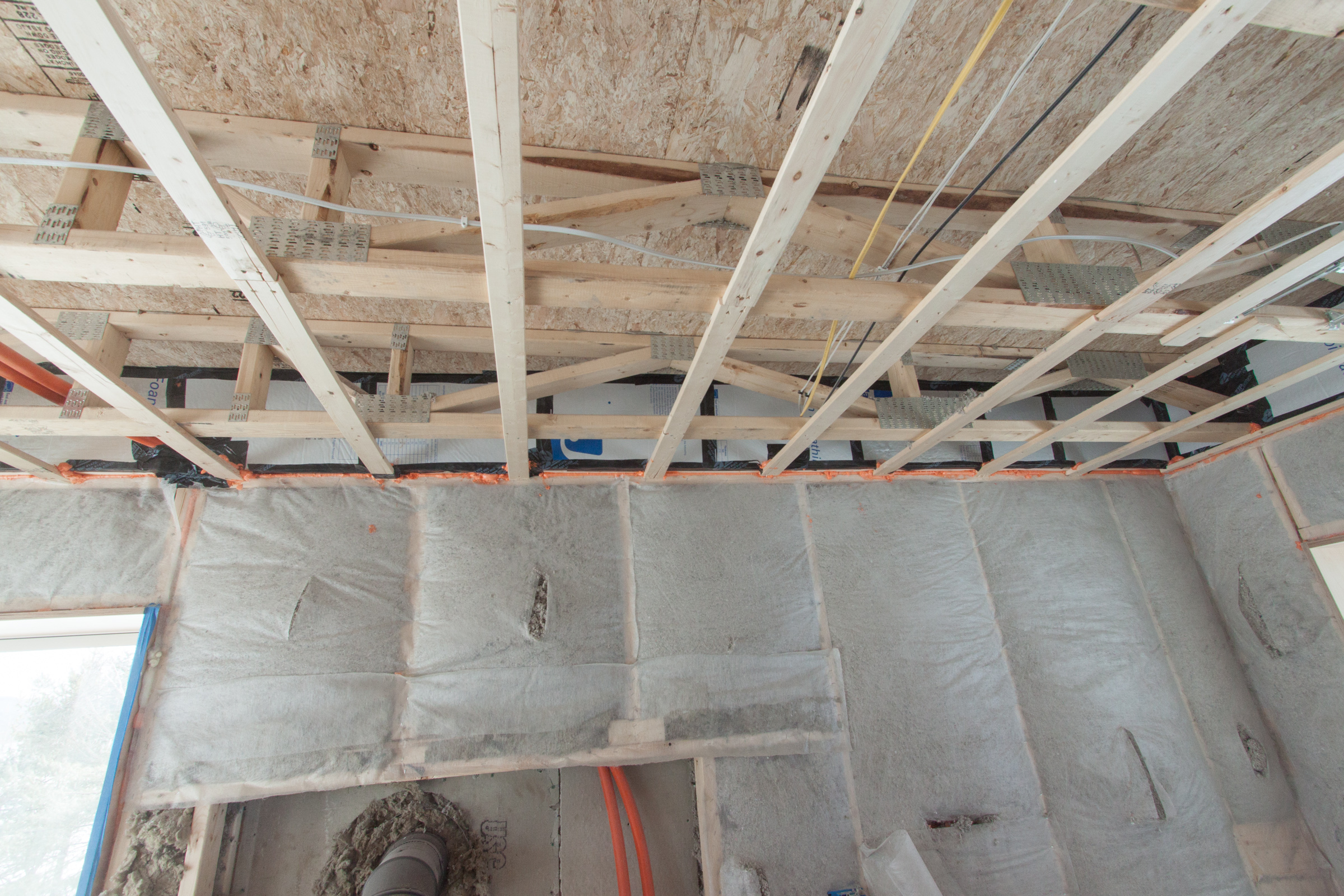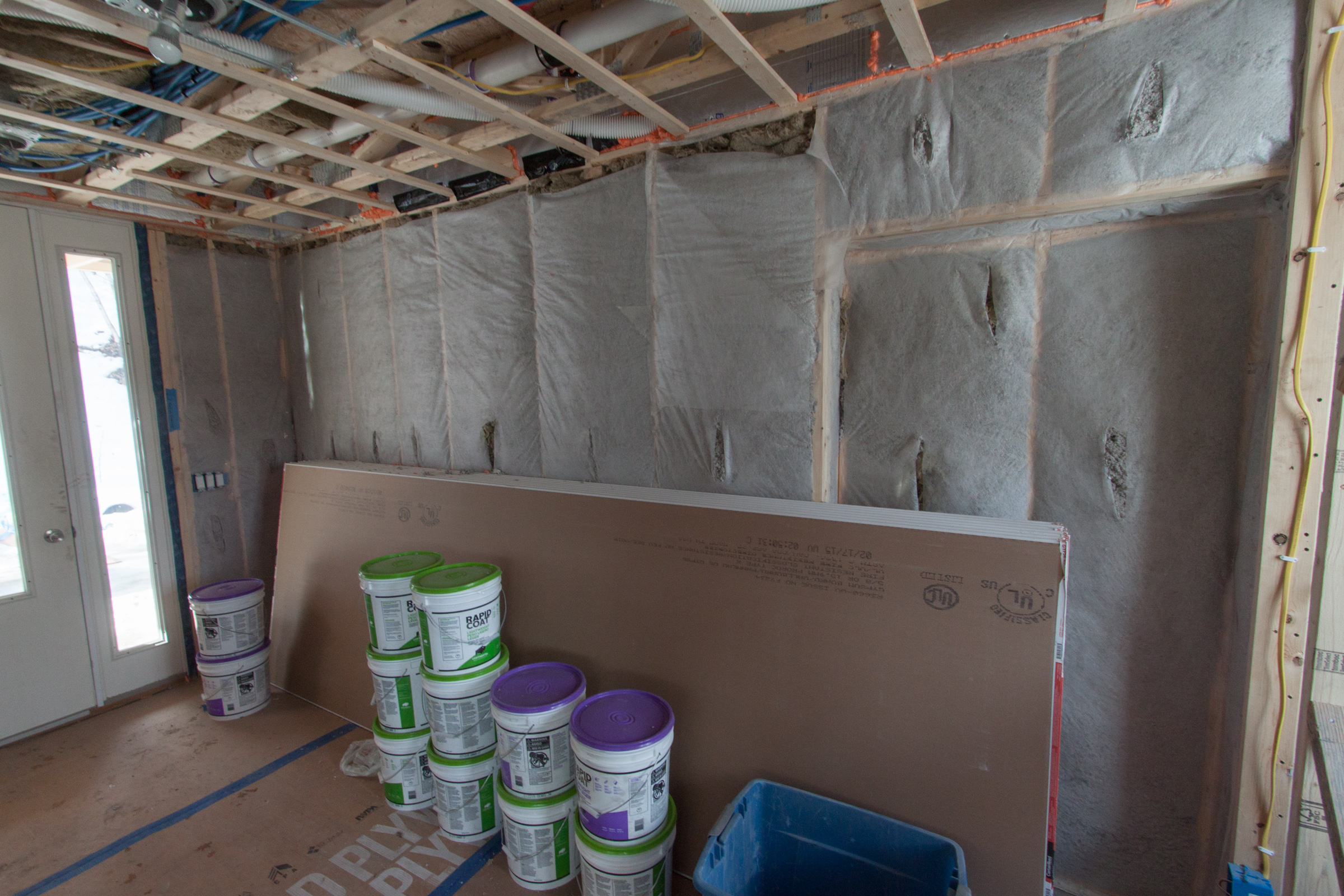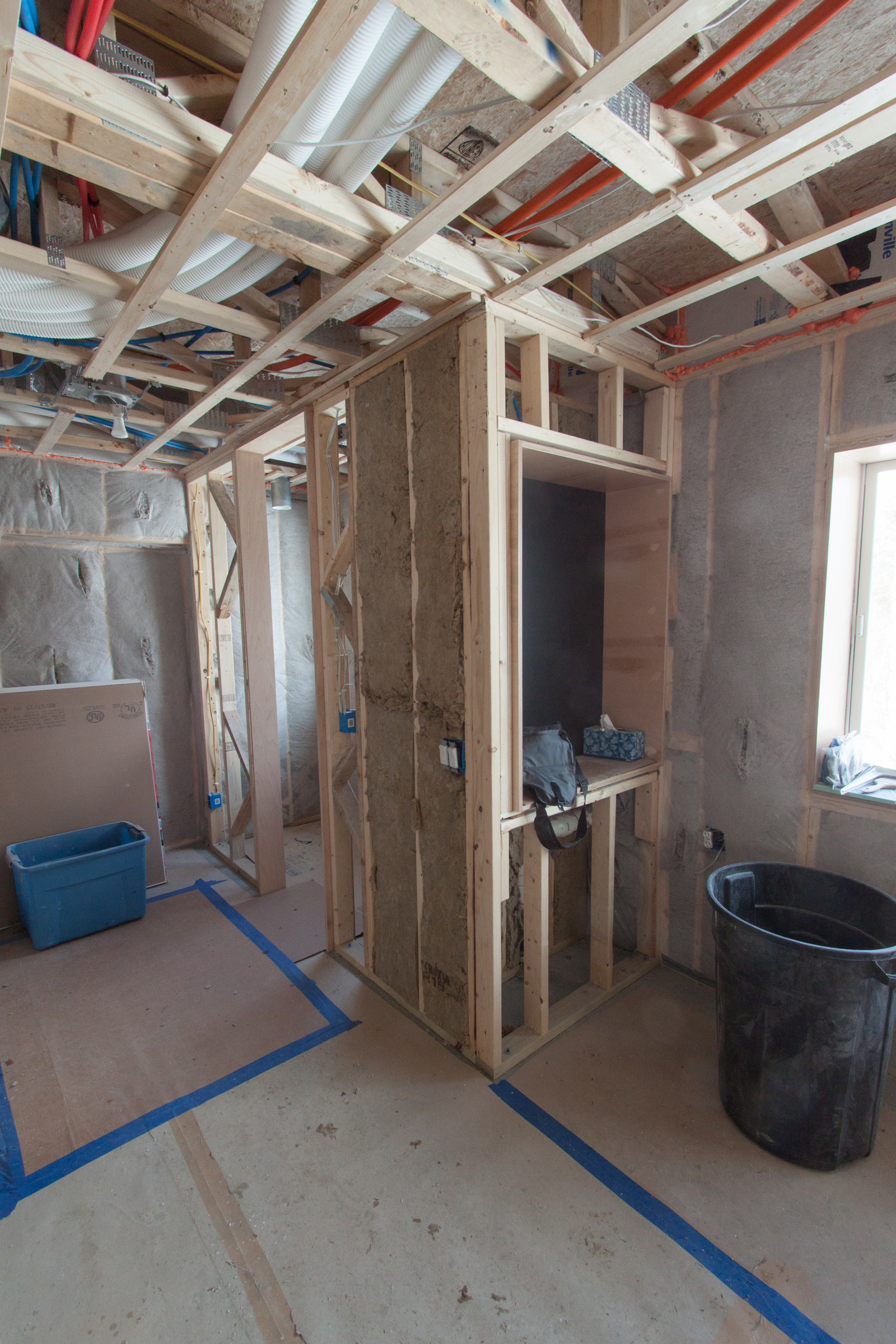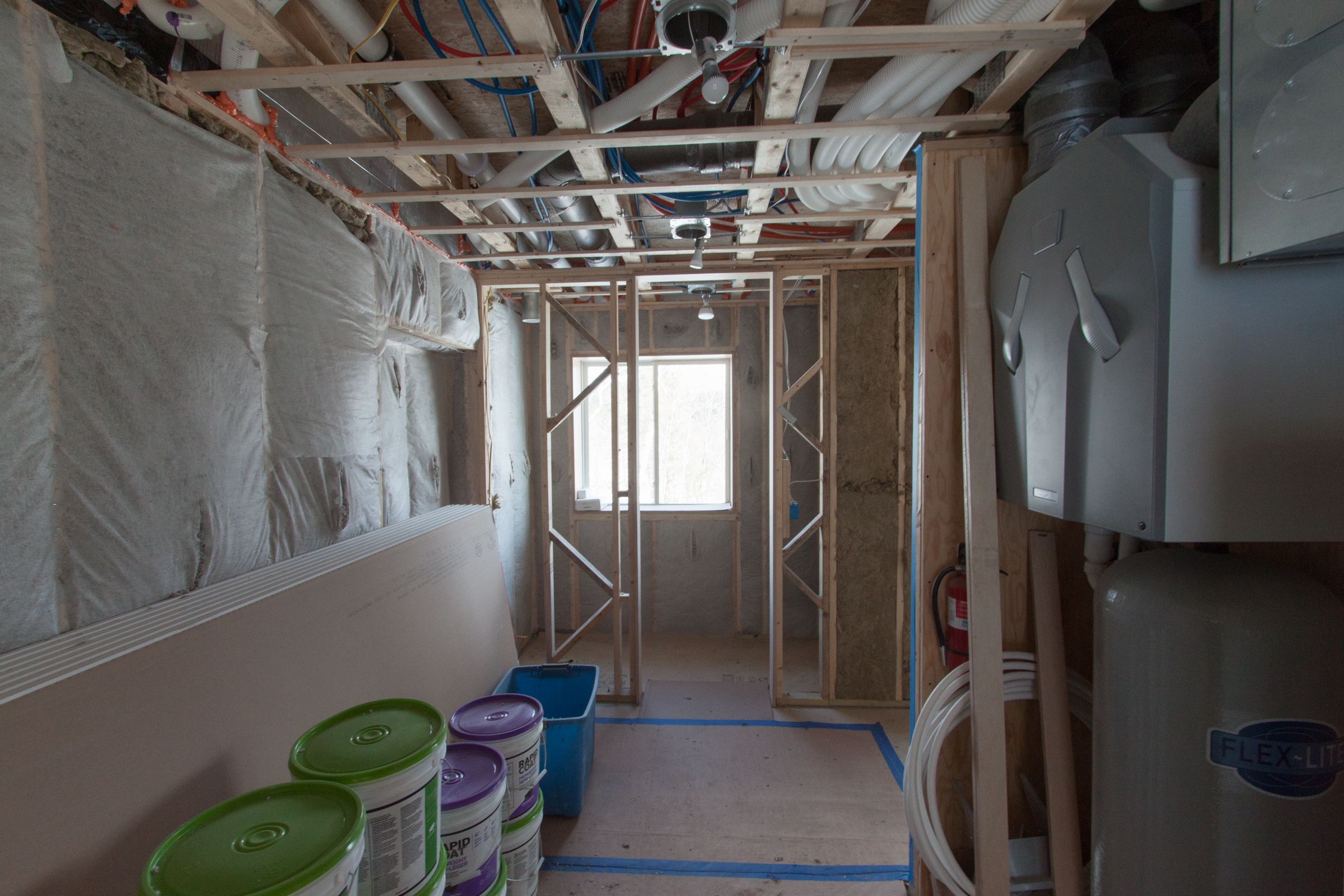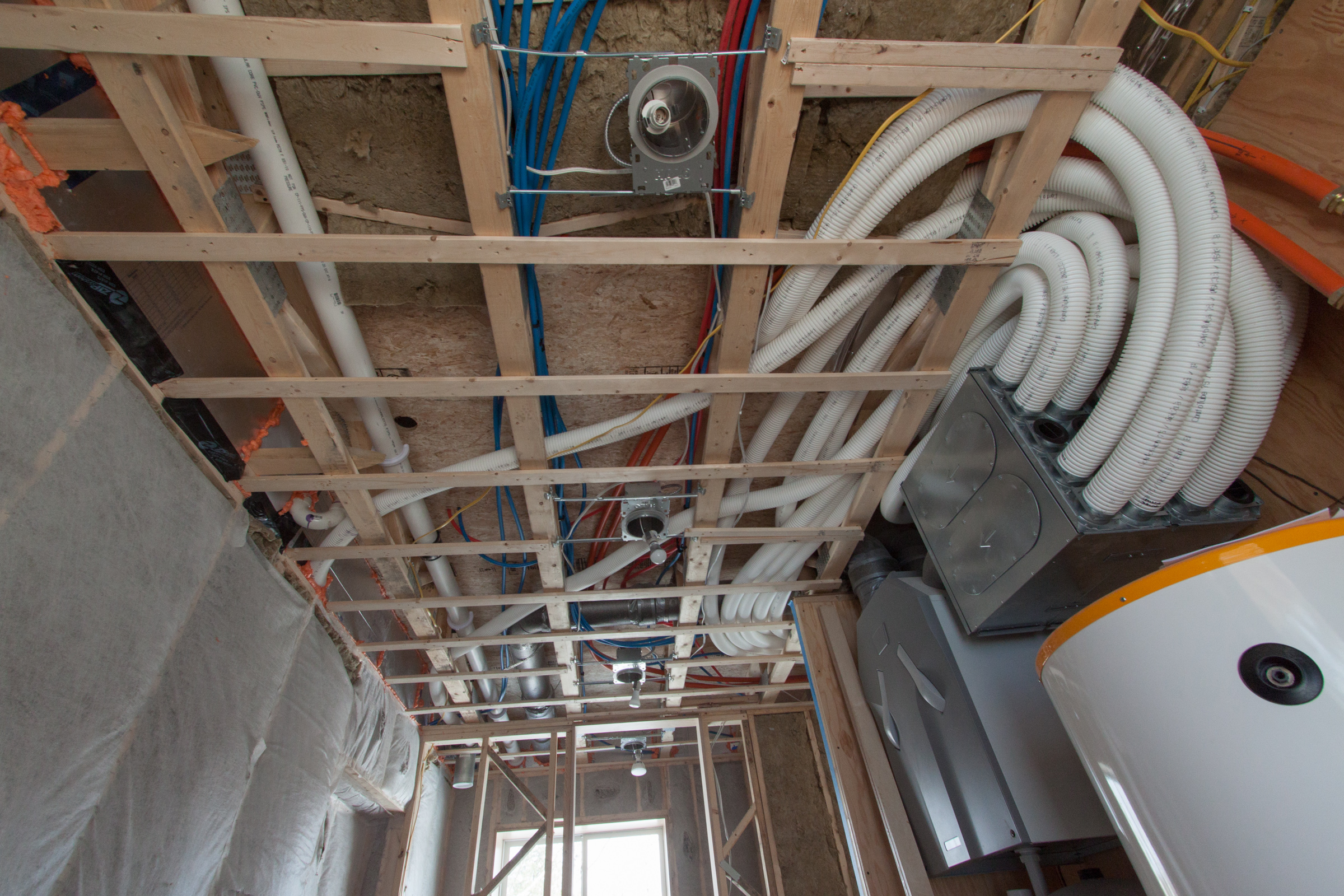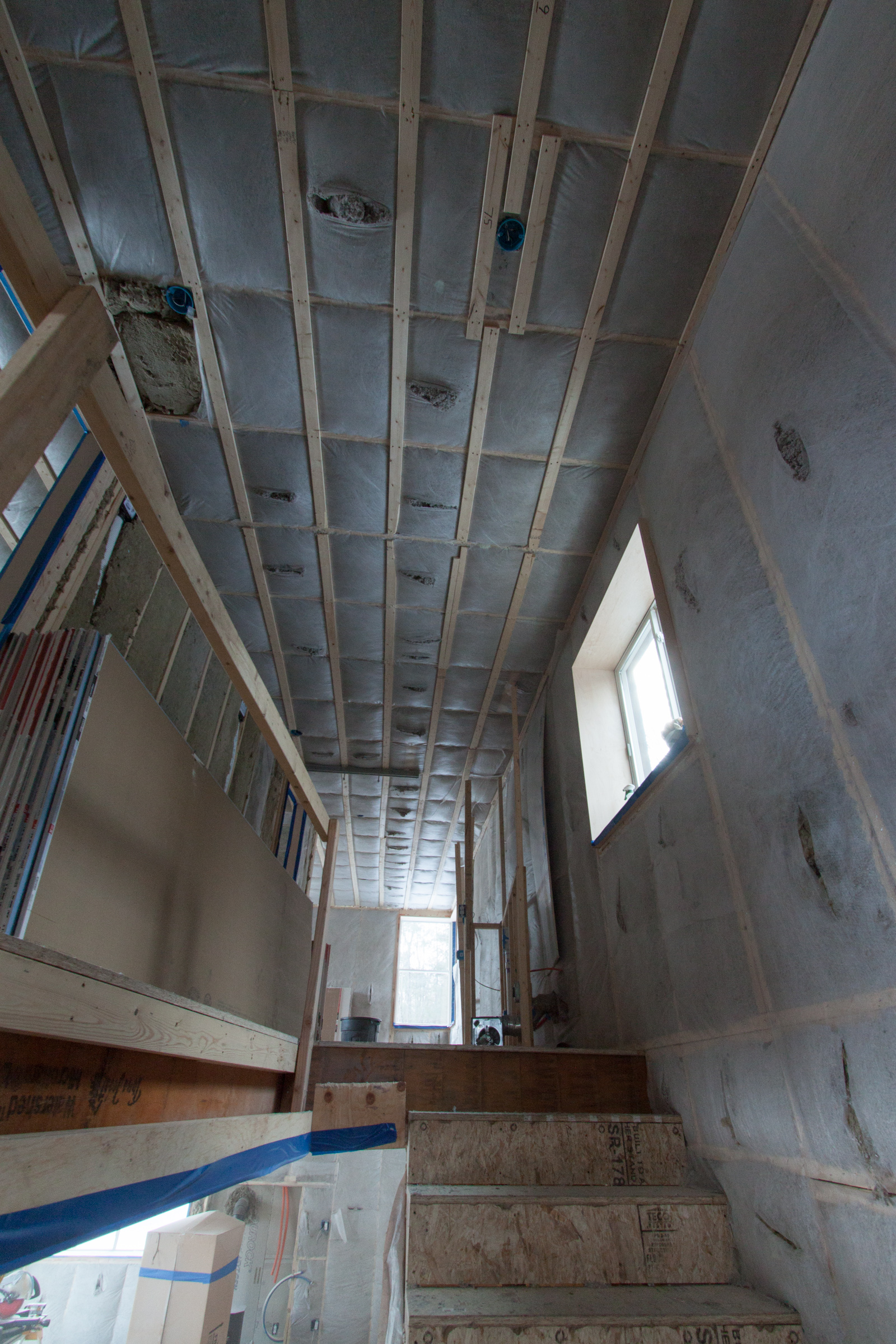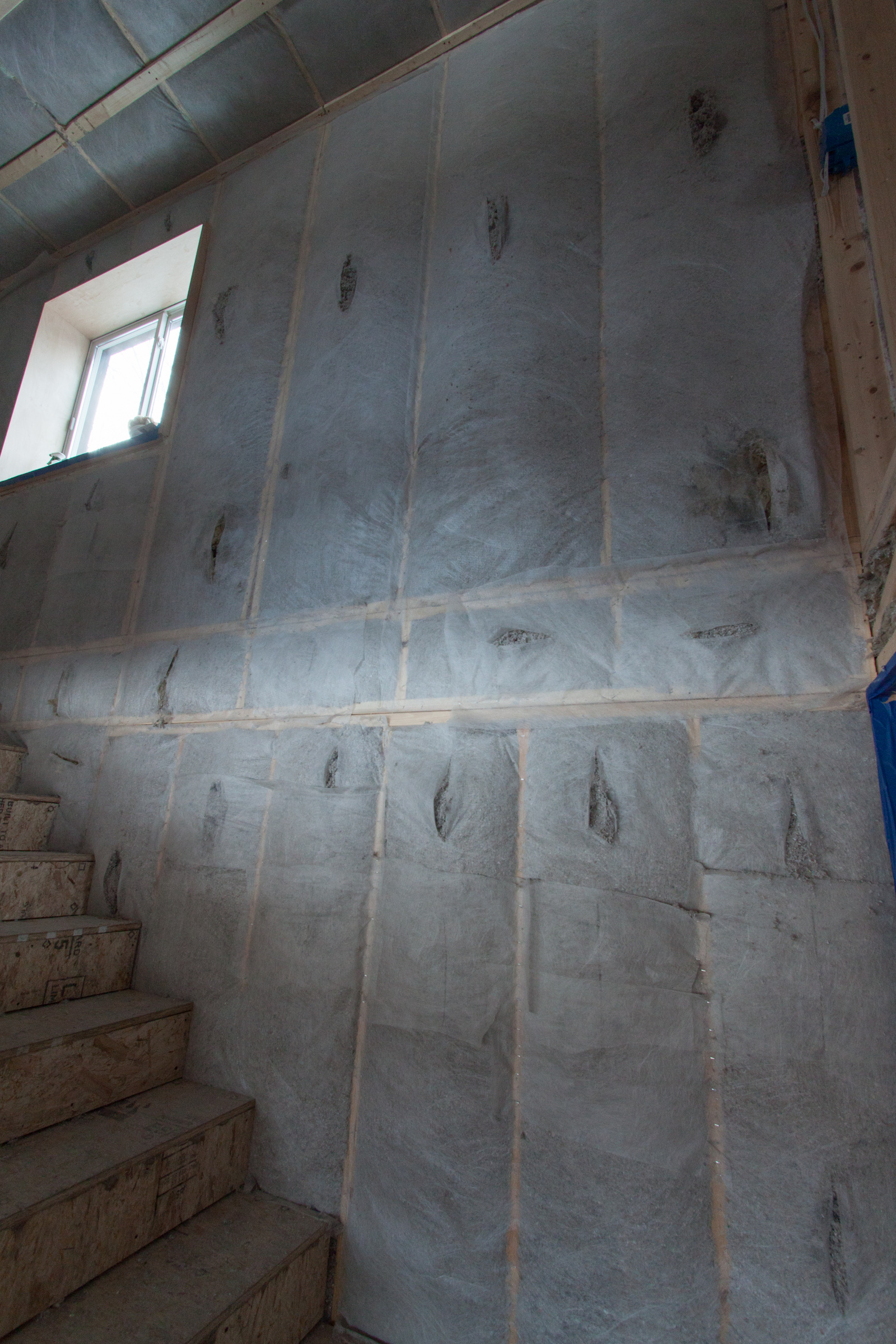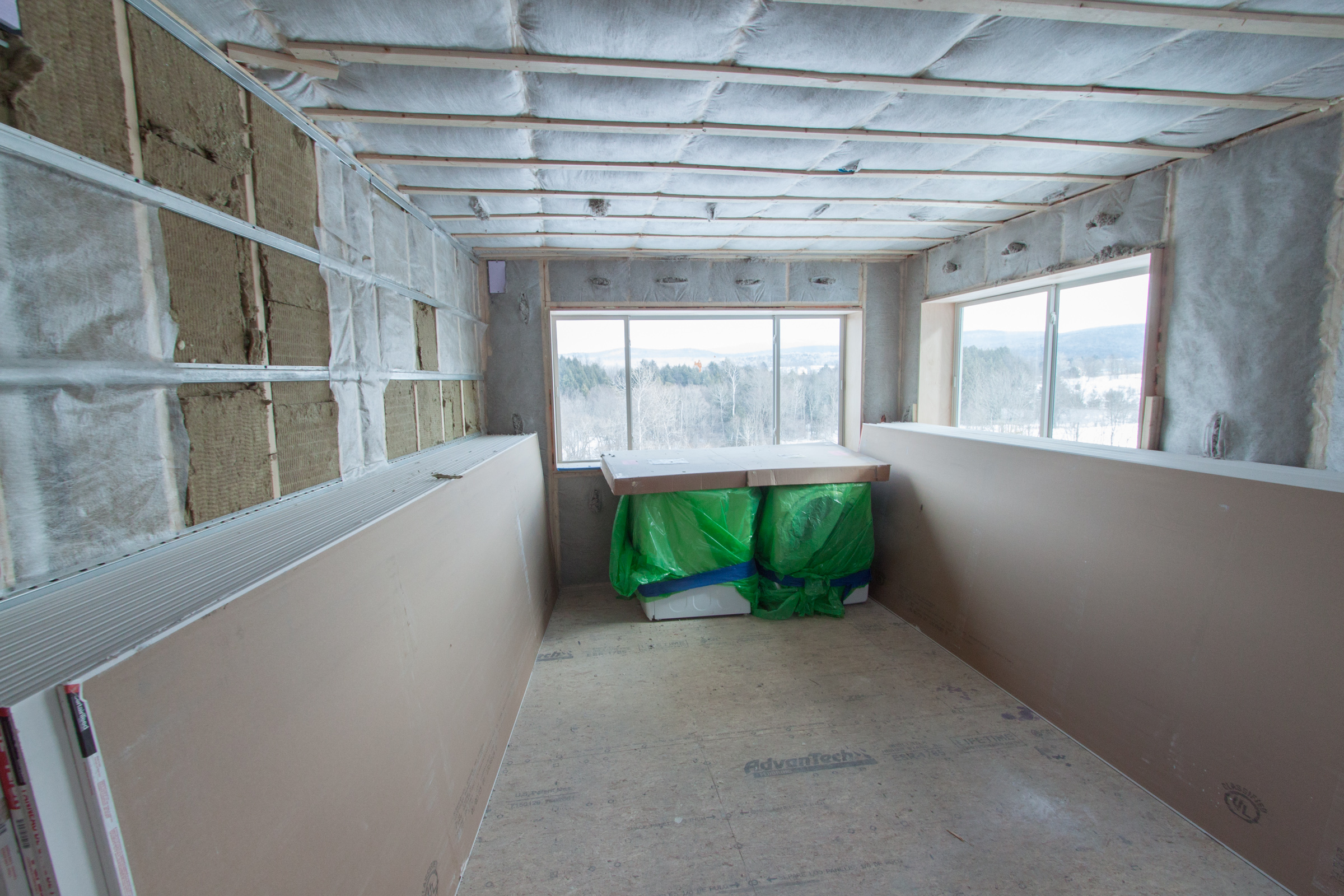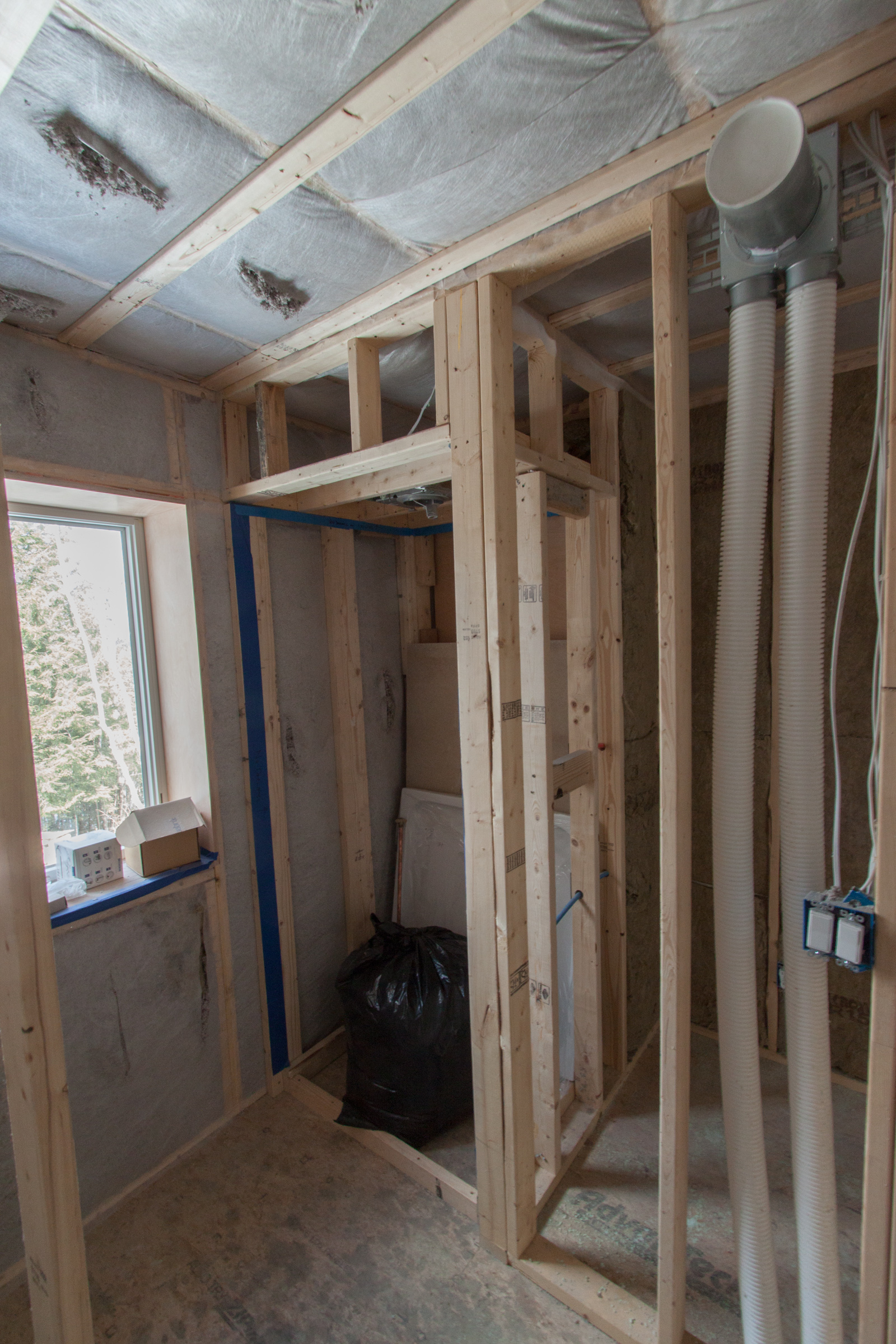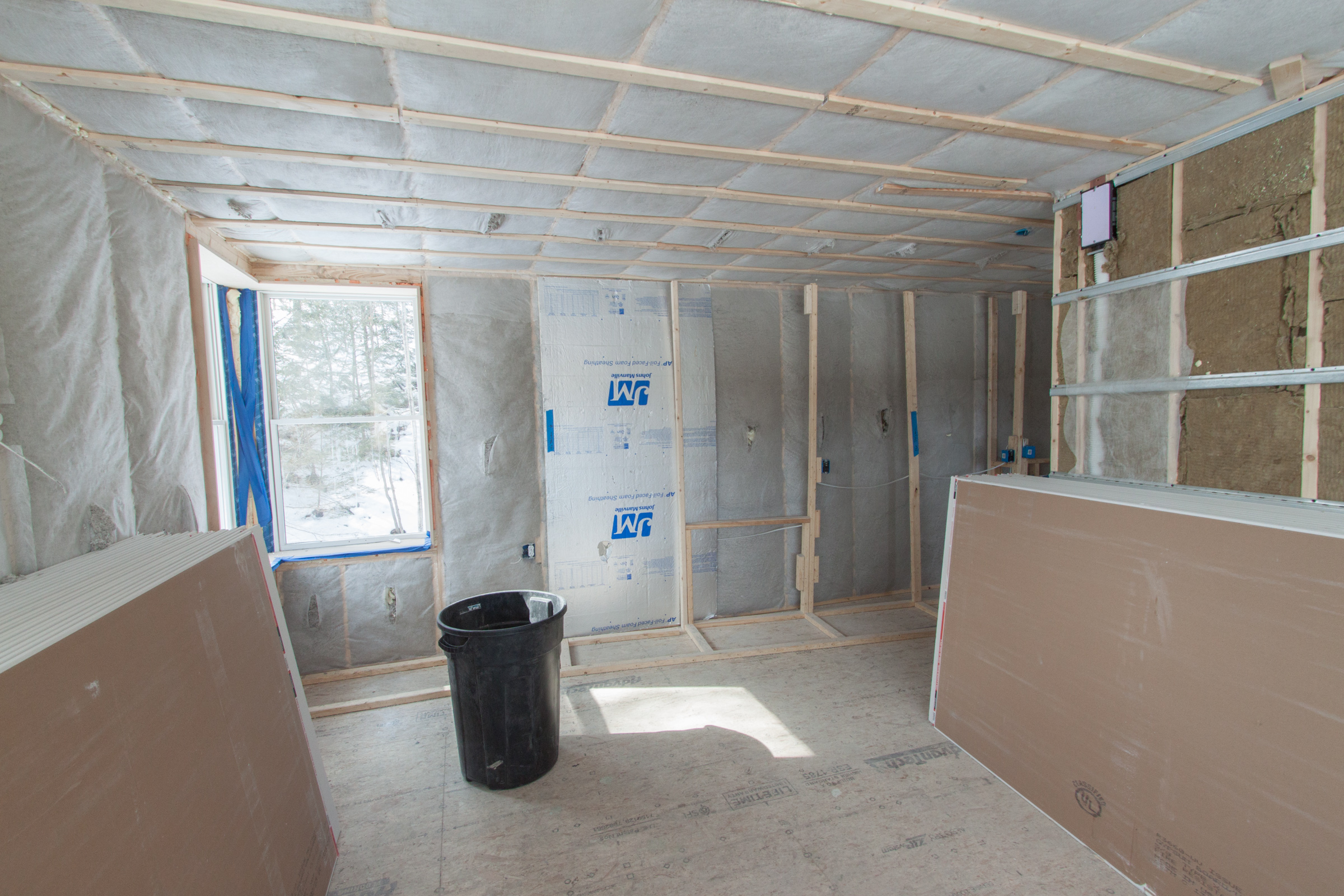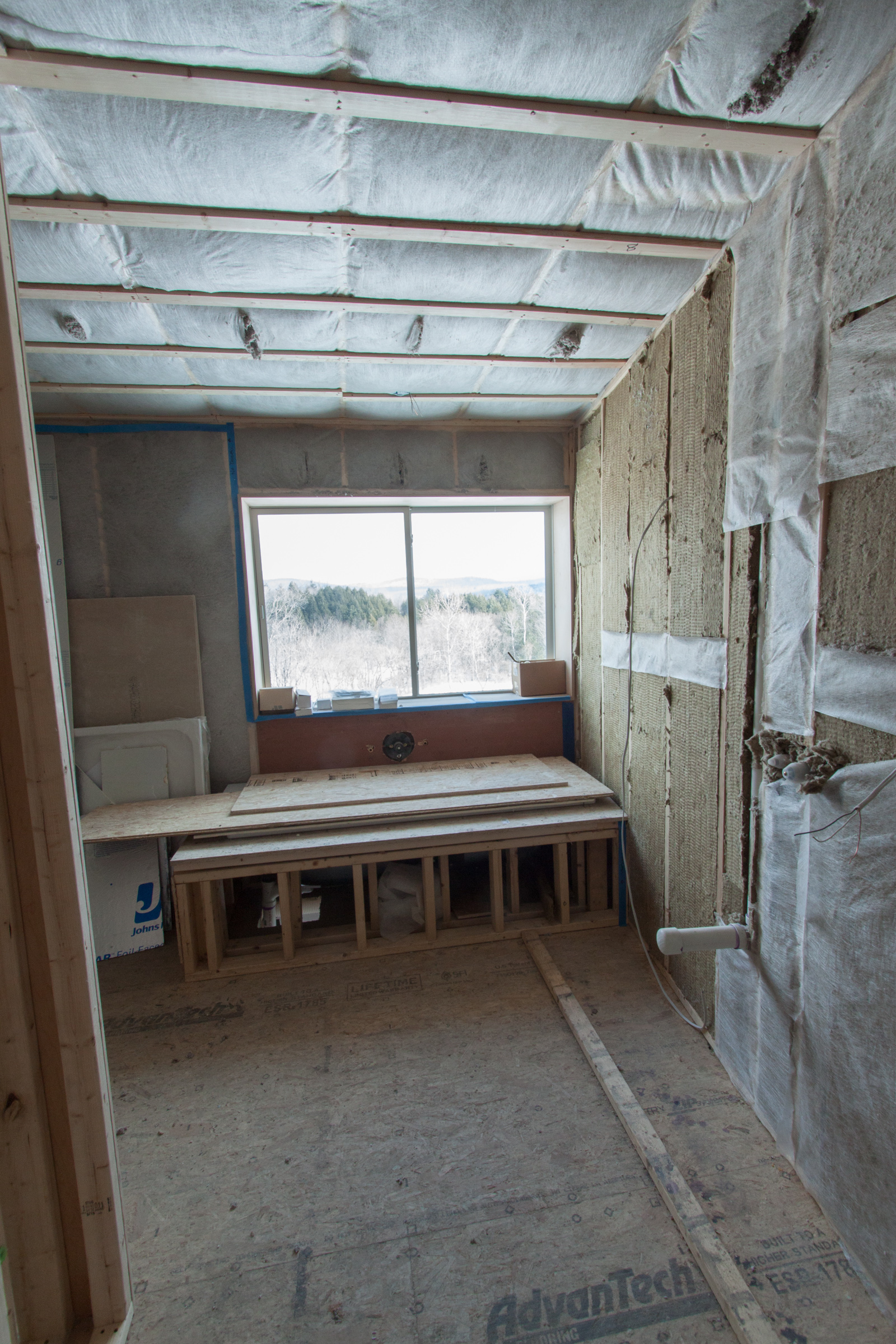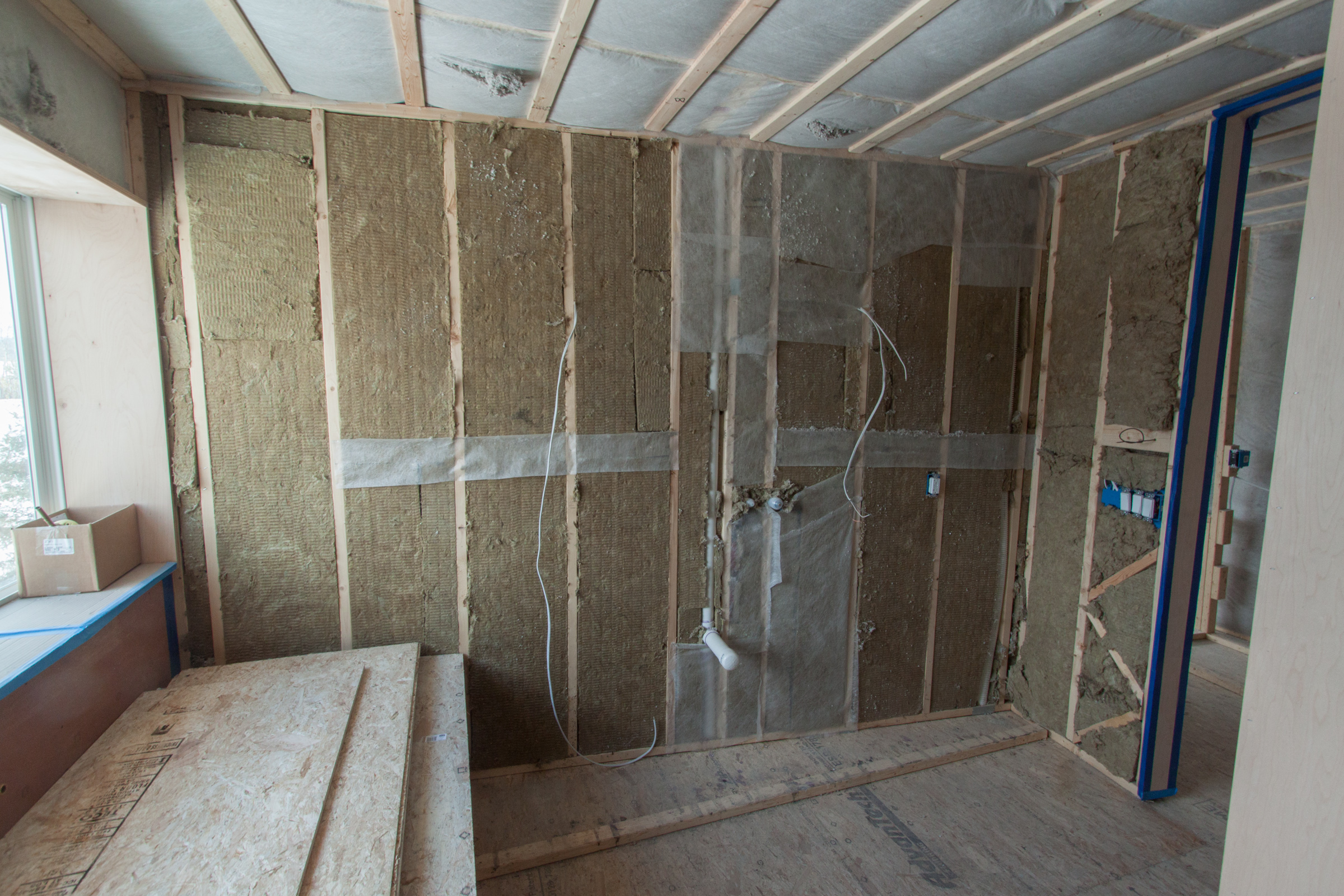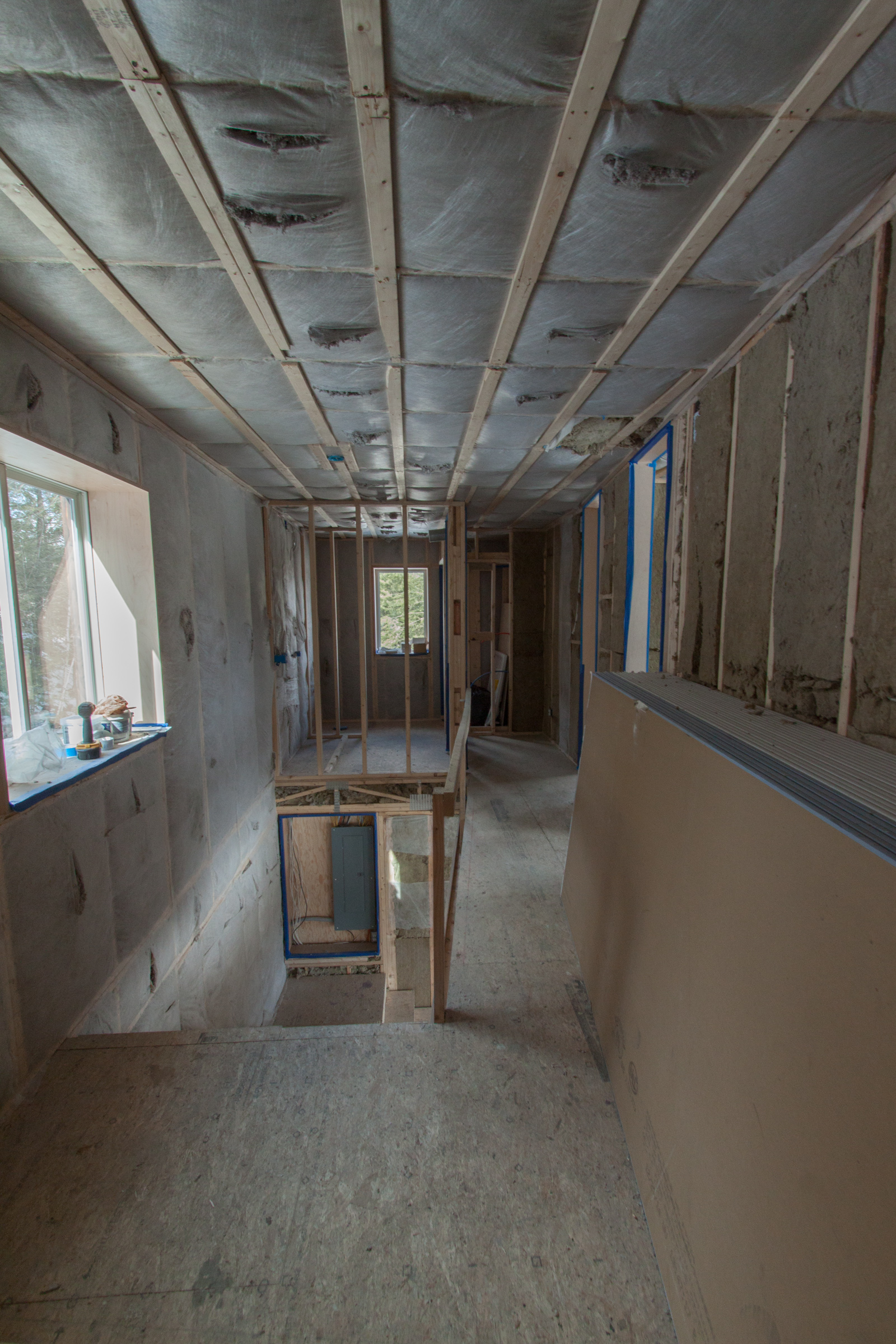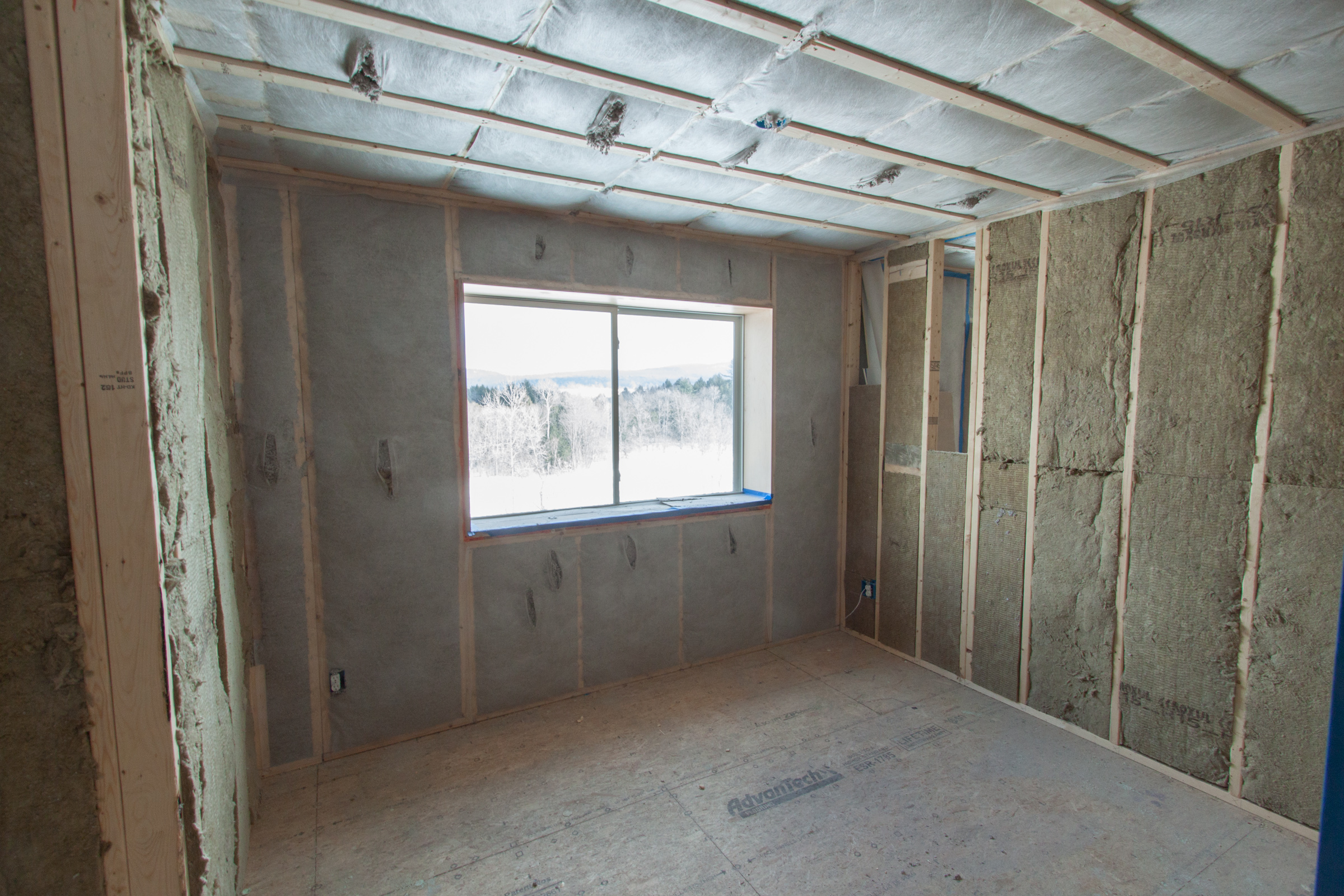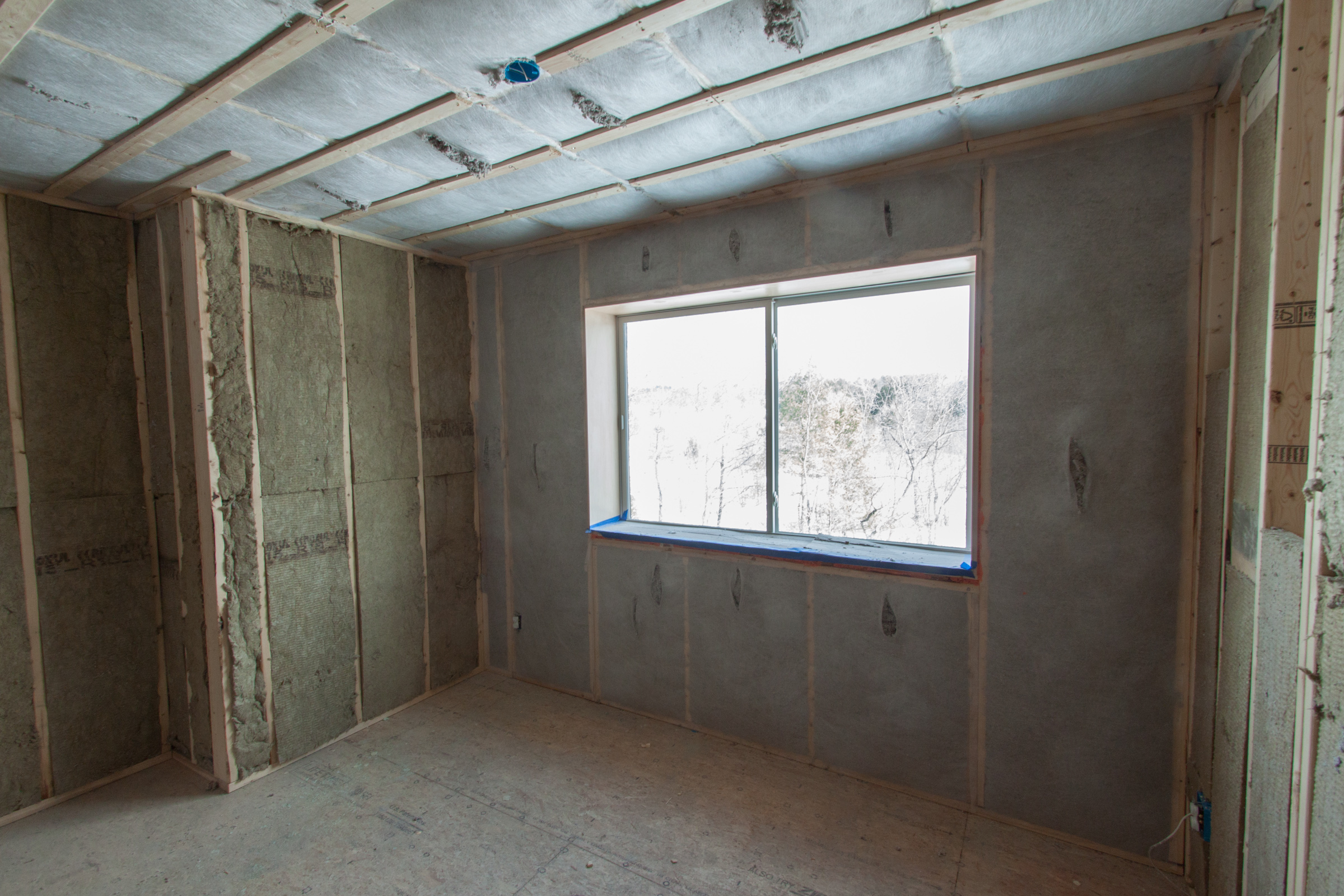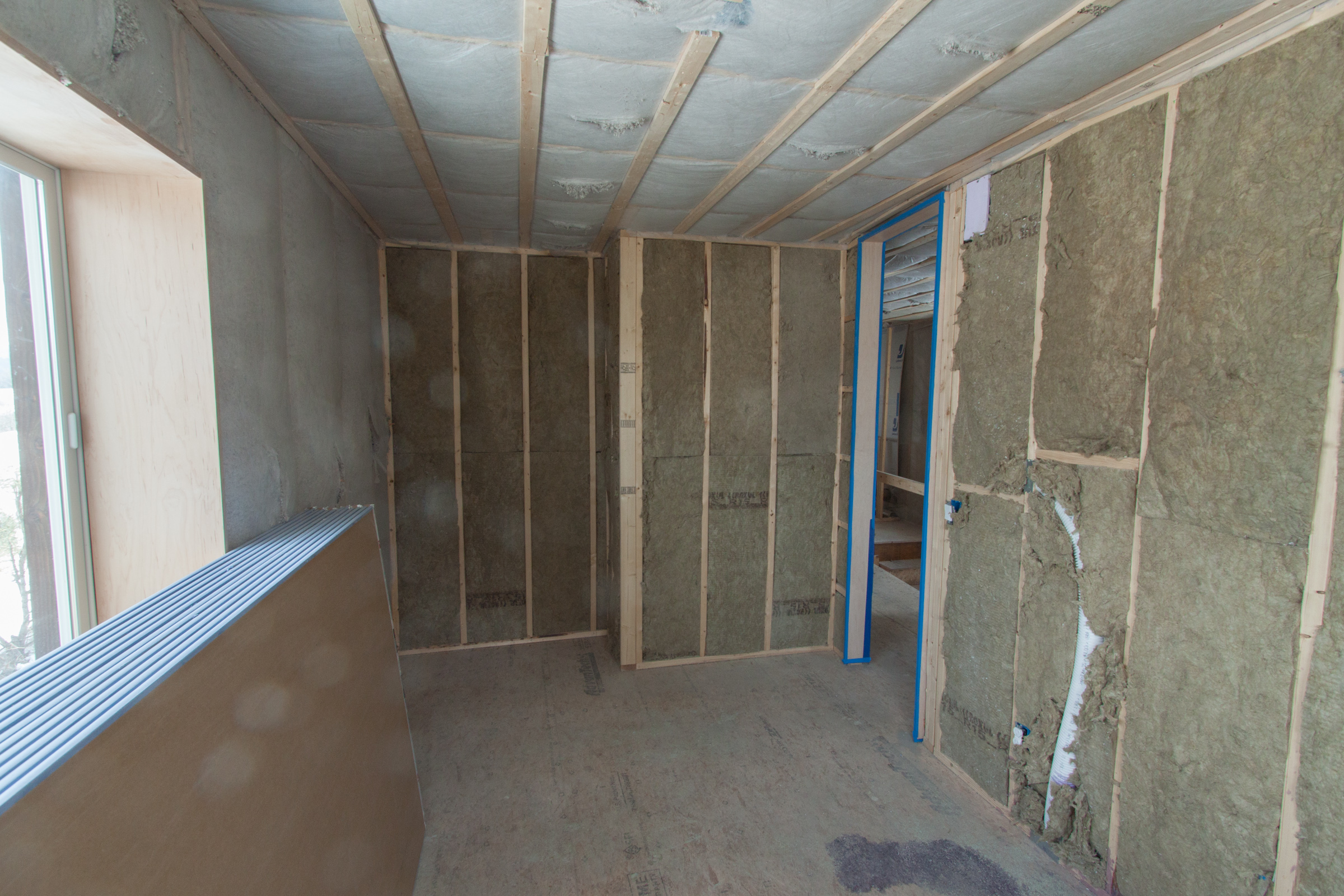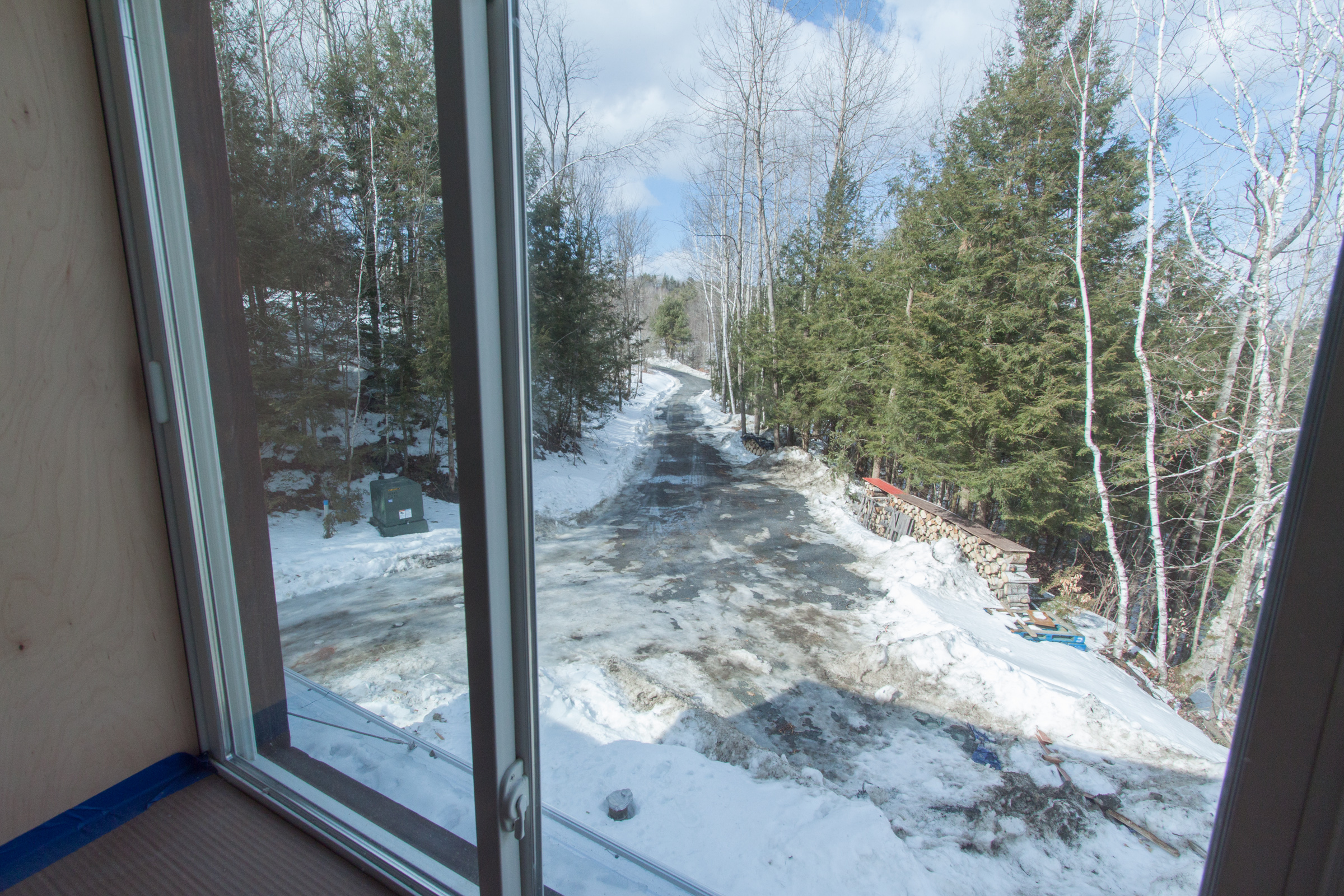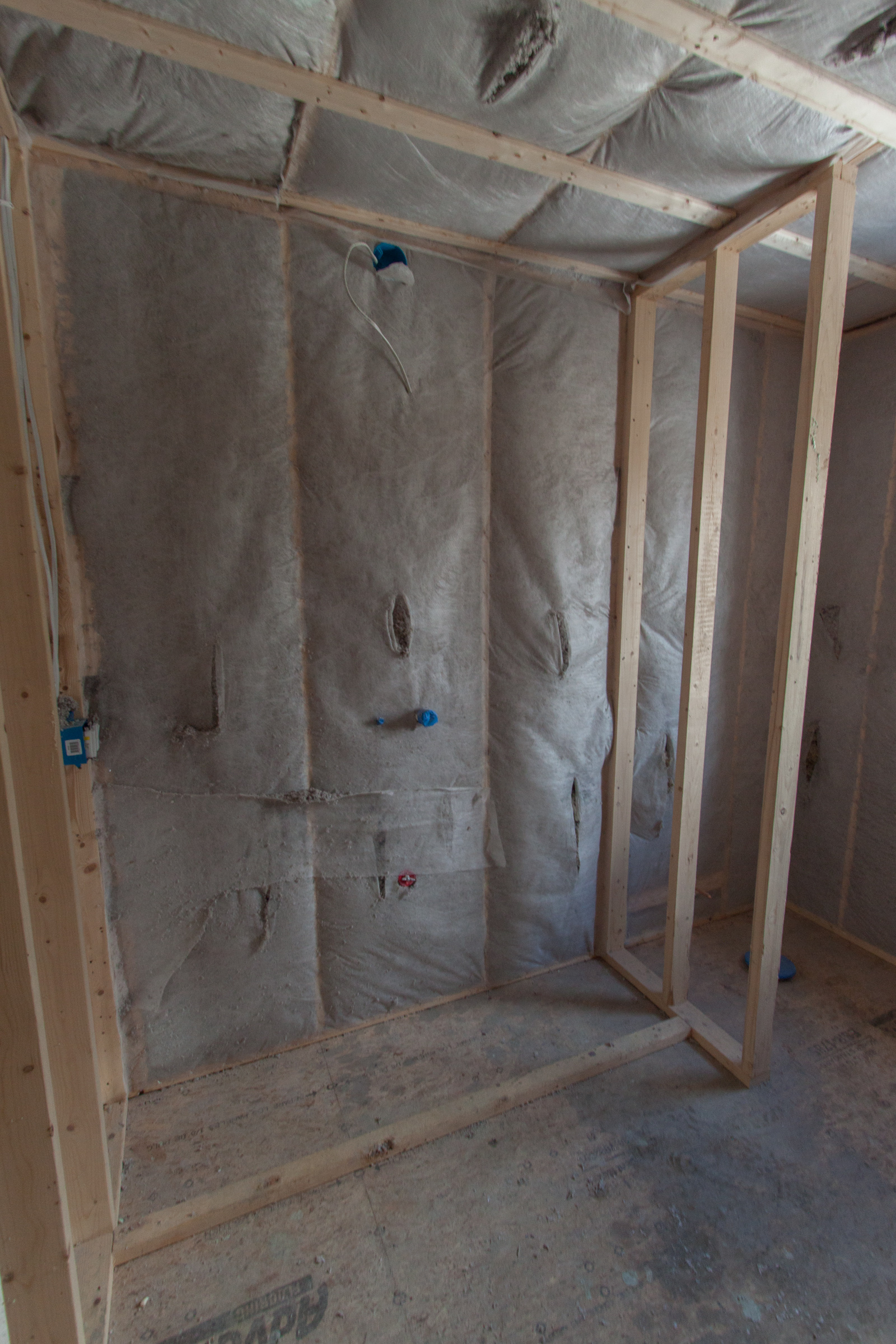from the above mentioned article:
Is my house tight?
Here are some comparison points to help interpret an ach50 reading:
- A 2002 study of 24 new Wisconsin homes showed a median air leakage of 3.9 ach50.
- New home builders in Minnesota routinely achieve 2.5 ach50.
- The Canadian R-2000 program has an airtightness standard of 1.5 ach50.
- The Passivhaus airtightness standard — a tough standard to achieve — is 0.6 ach50.
David Keefe, the manager of training services for Vermont Energy Investment Corporation, recently wrote an article on blower-door testing. “Houses with less than 5 or 6 ach50 are considered tight, and those over 20 are quite leaky, though these numbers can be misleading without considering other variables such as climate, house size, and old versus new construction,” Keefe wrote. “Tight houses tend to measure less than 1,200 cfm50, and moderately leaky homes measure between 1,500 and 2,500 cfm50. Homes that measure over 3,000 cfm50 are considered leaky.”
According to The Homeowner’s Guide to Renewable Energy by Dan Chiras, “A really good measurement is around 500 to 1,500 cfm50. The older houses we work on typically fall in the 6,500 to 8,500 cfm50 range.”
- See more at: http://www.greenbuildingadvisor.com/blogs/dept/musings/blower-door-basics#sthash.U1i6c66J.dpuf
